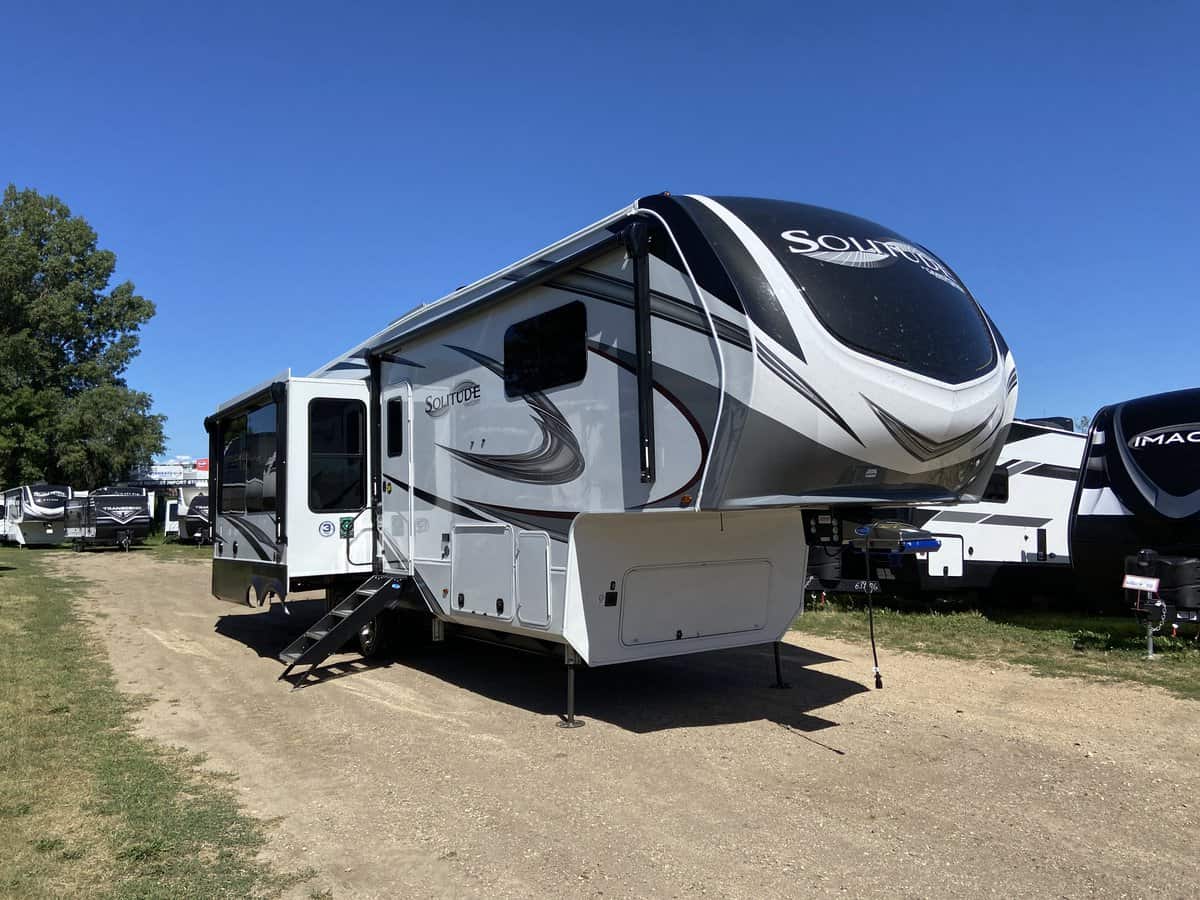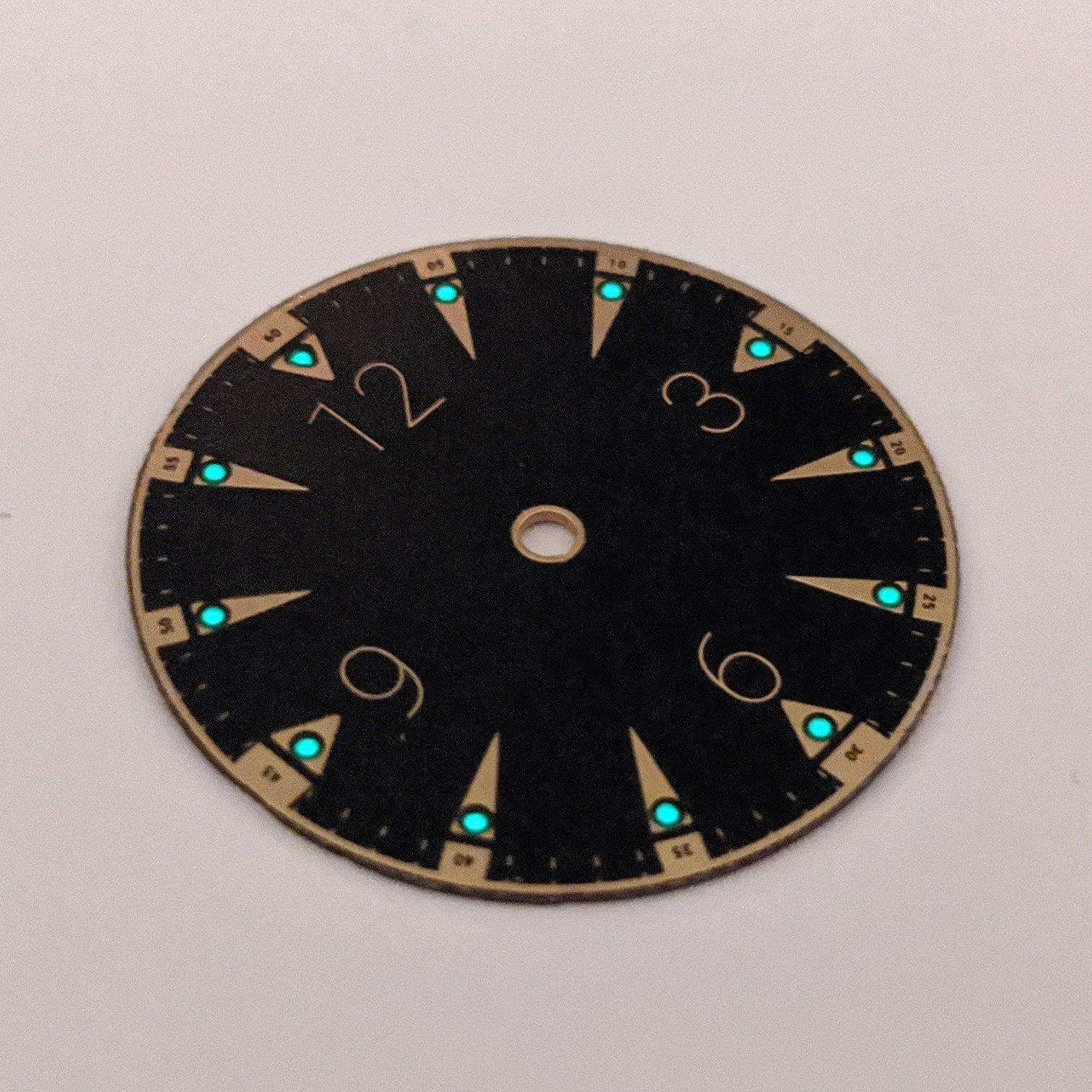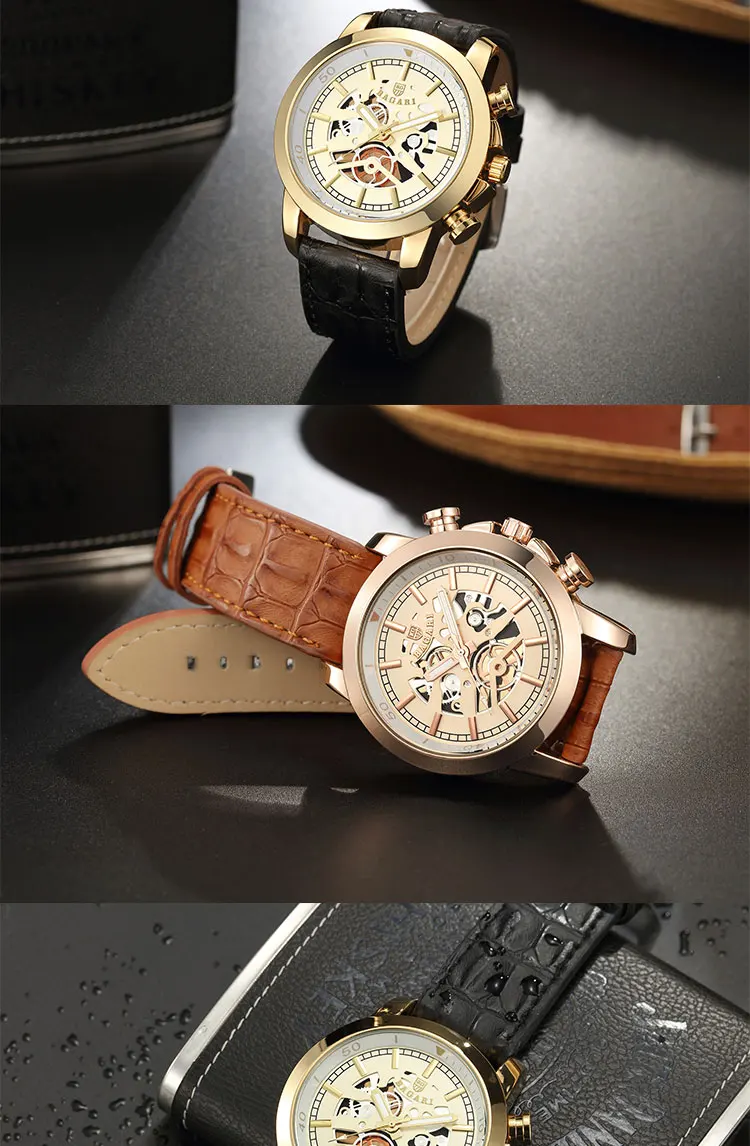Table Of Content

Tigers are pivotal creatures everywhere, and carve their path into Japanese culture using their strength, nobleness, and resilience. This not only makes them admirable figures to look up to, but earns them a high spot in the genre of Japanese sleeve tattoos. In fact, with enough measures, floral designs can effortlessly take the lead on Japanese sleeve tattoos.
Choosing the Right Japanese Traditional Tattoo Artist
The Japanese water dragon sleeve tattoo is a dynamic design full of movement, perfect for those who want a tattoo that’s alive with energy and meaning. This Japanese tattoo sleeve design is similar to the previous Dragon and Hanya tattoo designs. The different colors used to complete the statue of Black, grey, white, pink, and purple.
50 Bamboo Tattoo Designs for Men [2024 Inspiration Guide] - Next Luxury
50 Bamboo Tattoo Designs for Men [2024 Inspiration Guide].
Posted: Fri, 27 May 2016 07:00:00 GMT [source]
Black Ink and Blackout Japanese Wave Tattoos
The best way to choose the right design would be to do your research on what you want to portray and look up symbols, deities, or traditions that will fit that. You can invest in a Rashi, a lightweight body-covering top designed for athletes, or you can carry around a light scarf. There are some onsen where tattoos are permitted, so plan your day around those locations and you’re golden. Because of this and the private nature of the culture, there are spaces where you’ll need to cover your ink. While tattoos are technically legal now, there are some contemporary issues attached to Japan’s fraught history with tattoos.
Japanese Sleeve Tattoos
The waves represent strength and movement, while the chrysanthemums symbolize harmony and balance. This visually captivating tattoo is an excellent choice for those seeking a unique and meaningful design that showcases the beauty of traditional Japanese tattoo art. This tattoo is a traditional Japanese full-sleeve tattoo with a lot of different Japanese cultural elements.
Traditional Japanese tattoos can take several hours or even multiple sessions to complete, so it is important to make sure your tattoo artist follows proper sanitation procedures. This includes using sterile equipment, disposable needles, and wearing gloves during the tattooing process. Ask your potential tattoo artist about their sanitation practices before starting your tattoo.
Japanese Quarter Sleeve Tattoo
Once the preparation is complete, the artist will start the tattooing process. This involves using a needle to puncture the skin and deposit ink beneath the surface. Before the tattooing process starts, the artist will prepare the area that will be tattooed.
Traditional Japanese Tattoo
They symbolize courage and the ability to overcome obstacles, embodying the wearer’s inner power and resilience. Today, Japanese sleeve tattoos are not only appreciated for their aesthetic beauty but also recognized as a cultural heritage worthy of preservation. Artists worldwide continue to learn and adapt the ancient techniques, ensuring the legacy of irezumi lives on and continues to inspire future generations. Japanese sleeve tattoos are more than just beautiful pictures; they are intricate narratives woven with layers of symbolism.
Okame comes with happiness and good fortune, which makes a perfect addition to your tattoos. One might choose to showcase a more significant tattoo piece on the side of their body. Your foot’s size is similar to your hands so a Koi fish tattoo or a small Japanese mask tattoo would be an excellent option for this area. They can be created small enough to fit your hands without taking away the details that make up this beautiful, traditional Japanese fish. Koi fish would be a perfect addition to your collection of Japanese tattoos.
Kingdom Hearts Tattoo Ideas: Exploring the World of Kingdom Hearts Body Art
Other colors that have been used to make this design are brown, pink, blue, and yellow. If you are looking for a design that will show your inner strength, this one is for you. Daniel Stewart is a renowned tattoo design expert With years of experience in the industry, Daniel is known for his creativity and attention to detail. Through this platform, he shares valuable insights, tips, and inspiration for both aspiring tattoo artists and enthusiasts. Daniel's expertise spans various styles, from intricate geometric patterns to vibrant watercolor designs.
When making a Japanese tattoo, the most common is either a full sleeve tattoo or a half sleeve tattoo. A full sleeve Japanese tattoo is called a ‘Nagasode’, and a half sleeve Japanese tattoo is called a ‘Gobu’. Another common method of making a Japanese sleeve tattoo is the ‘Hikae’, which starts from the chest panel and then goes on to the upper arm. To complete this design usually vibrant bright colors are used with bold black outlines.
Other, more experienced artists will charge more, and a sleeve from a Japanese master like Horiyoshi III could cost upwards of ten thousand dollars. While there are a number of different factors that go into calculating the cost of a potential tattoo, a good starting point is the United States national average cost of $100 per hour. With a full sleeve taking a minimum of 10 to 15 hours a full color sleeve will cost about $1500 USD. This rise in the popularity of decorative tattoos also led to authorities replacing the common act of tattooing criminals with different punishments. A subtle elegance is achieved with black and gray ink that is difficult to match using full color, and these full sleeves perfectly demonstrate the appeal of this subdued approach. Another tattoo incorporating a sleeve is the hikae, which combines a chest panel tattoo with an upper arm design.
The studio works mostly by appointment and is an intimate space surrounded by tattoo art creations in the making. The artists are usually busy a few weeks in advance because they take their work seriously and understand the magnitude of putting something on your body that will last forever. While every artist has their own style, Kim (a former artist on the LA Ink TV show) specializes in vibrant colors, decorative signs and anything inspired from nature. Those that are done by hand are referred to as tebori; however, tattoo technology has caught up and most designs are now done by a tattoo artist using a machine. While Japanese grayscale sleeves may sound just like all other Japanese sleeve tattoos, they are really quite unique.
Modern Tebori artists have responded to this concern by switching out their needles after every use, the same practice used with a machine. Tebori is less painful than other stick and poke techniques, where the artist uses a little hammer or mallet-type object to drive the needle into the skin. Of course, people have been getting tattoos long before tattoo machines (and even electricity!) were used. Many high-profile athletes have tattoos, and if they are comfortable both showing off their art and visiting local tattoo parlors- it would be a huge boost to the economy.














